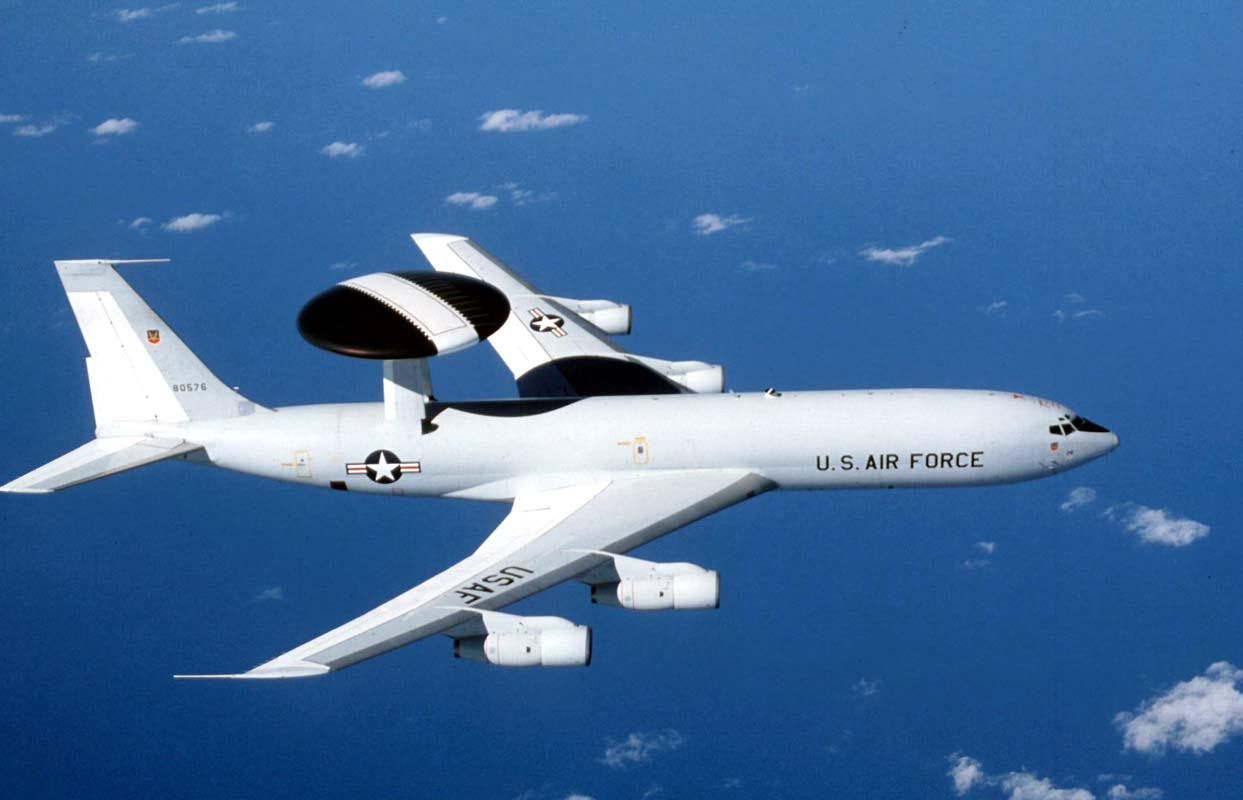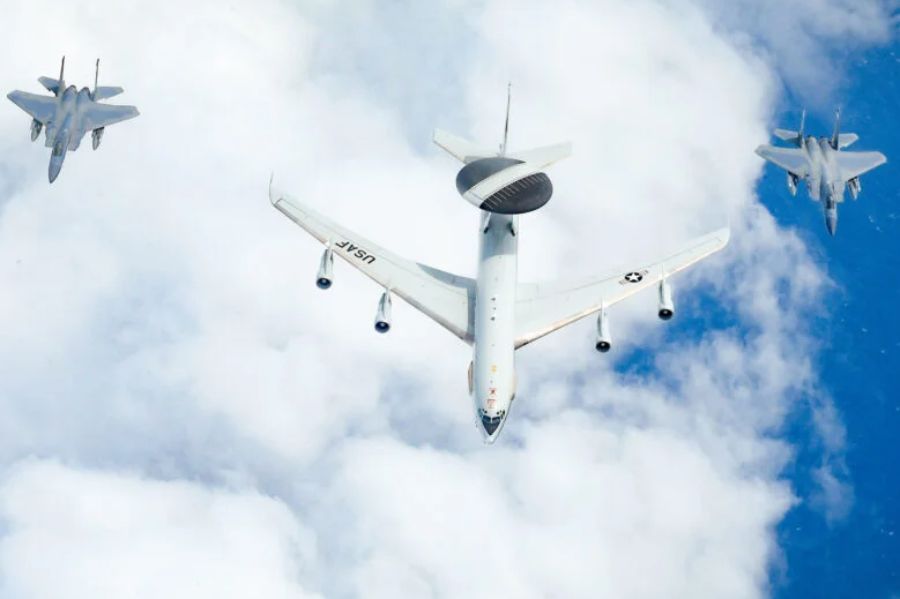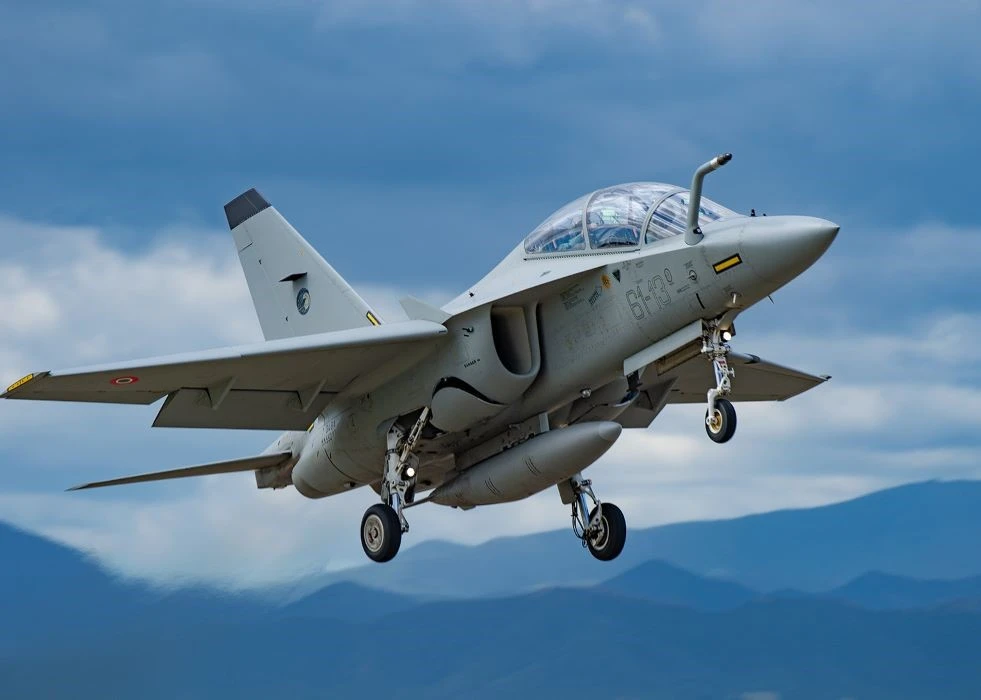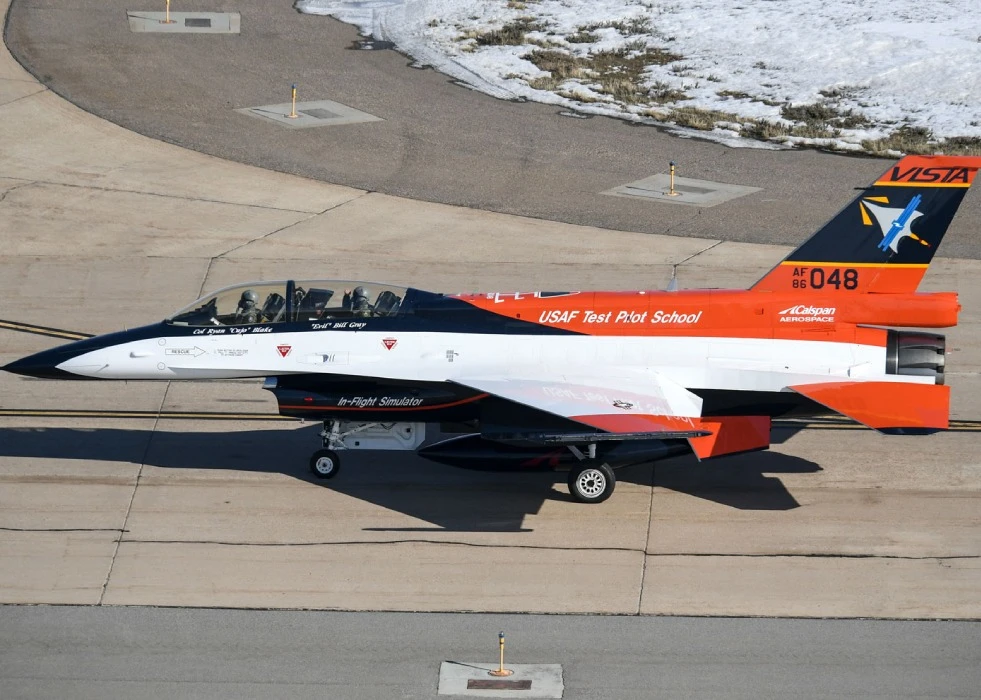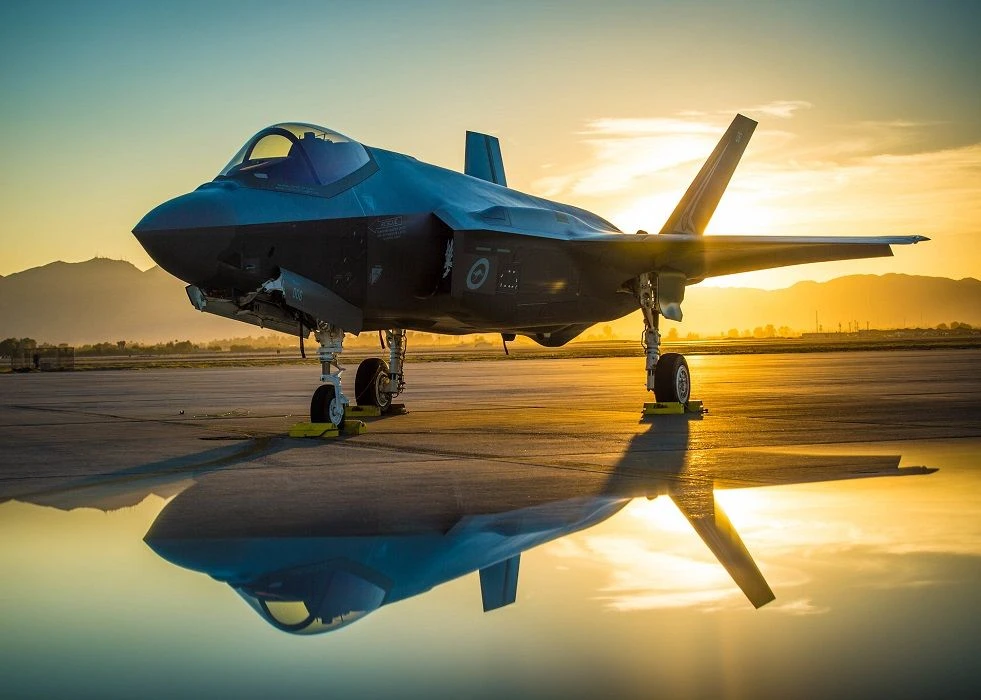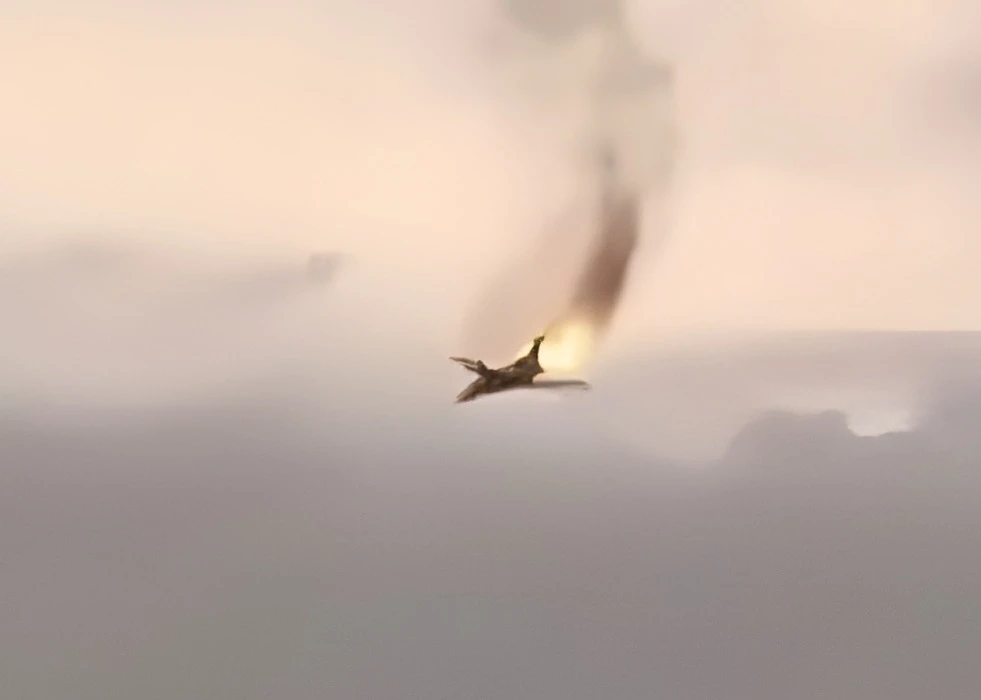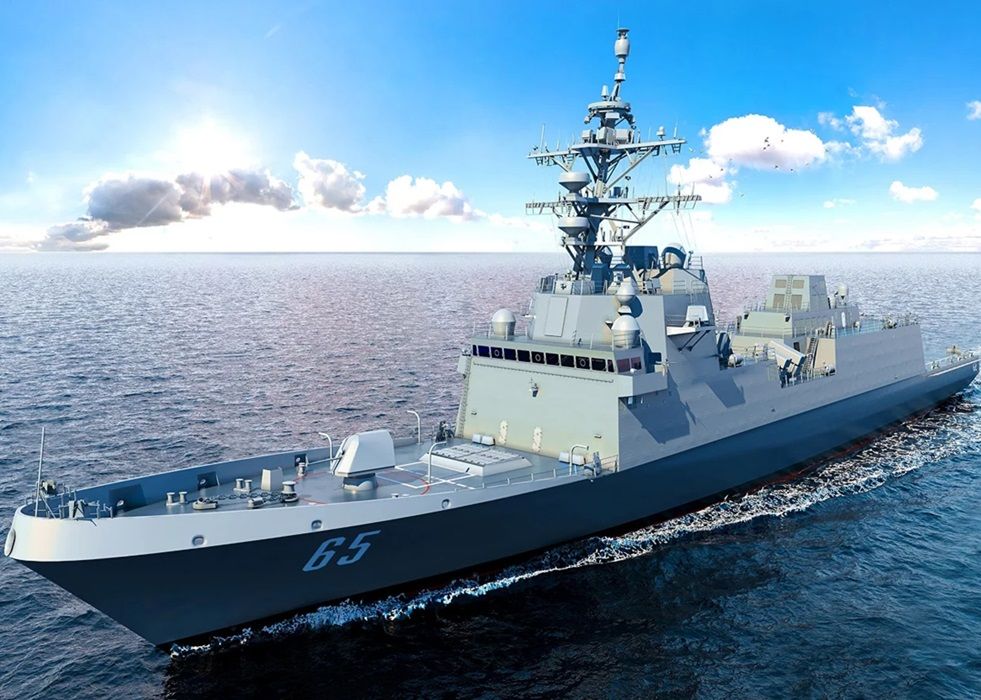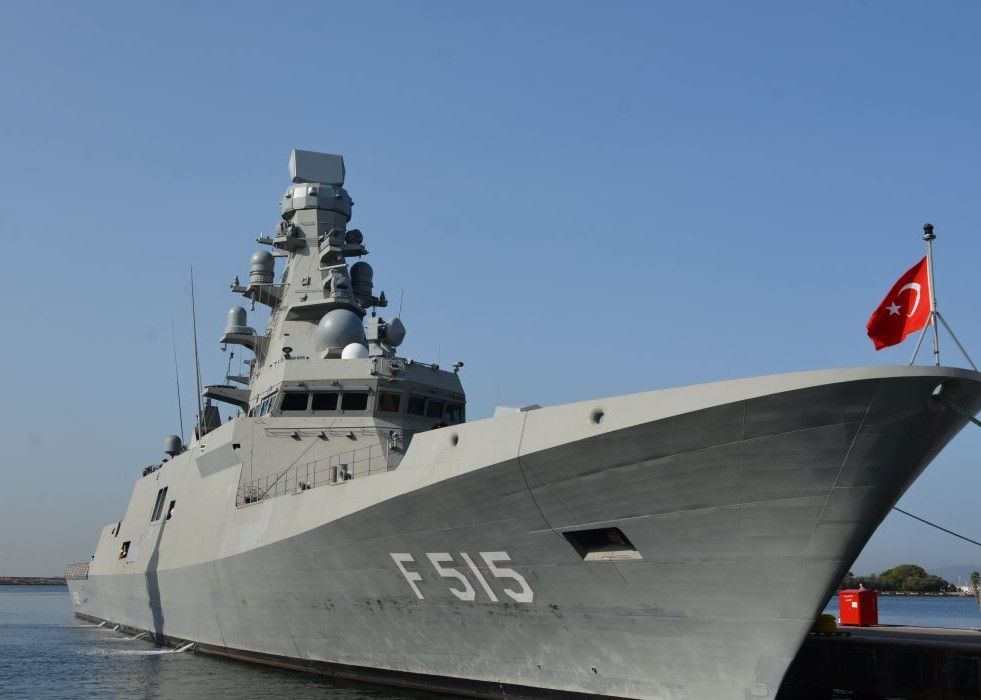This followed remarks in September 2021 by USAF chief General Charles Brown that the force was considering Wedgetail and discussing it with the Royal Australian Air Force, which operates six examples. Australia developed the E-7 system for the Australian Defence Forces. In addition to Australia, the Republic of Korea and Turkey also operate the E-7. The UK Royal Air Force has ordered in 2019 three examples.
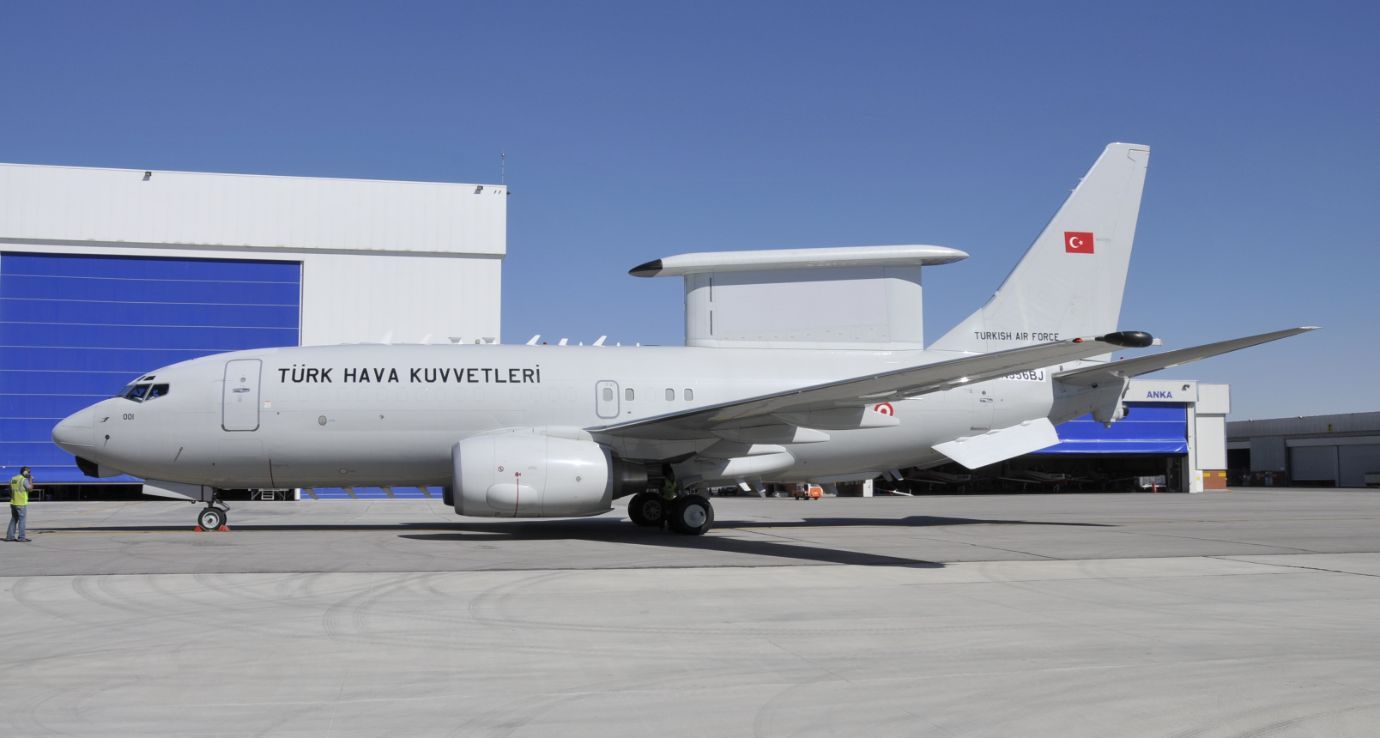
The E-7 is based on the 737-700 airliner. The air platform carries a fixed Northrop Grumman Active Electronically Scanned Array (AESA) radar antenna atop its fuselage instead of the rotating disc radar carried by the E-3. The first aircraft is expected in FY27. General Kenneth Wilsbach, commander of the Pacific Air Forces, stated in March that the fleet of E-3 Sentry AWACS suffers from significant obsolescence issues. General Wilsbach said, “When it gets airborne, those sensors that we rely on with the E-3 aren’t really capable in the 21st-century fight, especially against a platform like the [Chengdu] J-20 or something similar to that.” The USAF’s 552nd Air Control Wing at Tinker Air Force Base in Oklahoma received the first early warning E-3 Sentry aircraft in March 1977. There are currently 31 E-3 aircraft in the USAF inventory, and 28 are deployed at Tinker AB.
